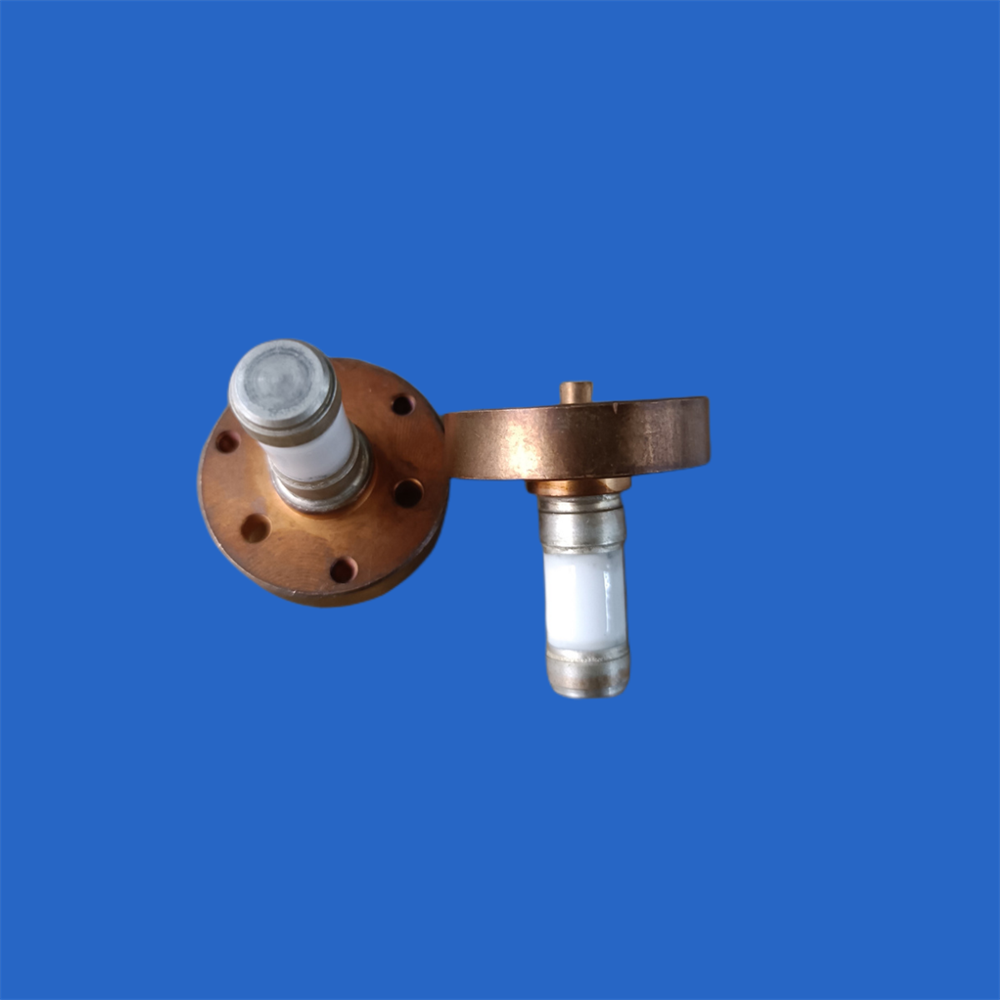The world of advanced ceramics is a fascinating one, with materials prized for their exceptional properties. Brazing these materials is a critical process for creating high-performance components used in demanding applications. However, the unique characteristics of each ceramic dictate a tailored approach to brazing.

Alumina (Al2O3)
Alumina is a widely used ceramic known for its high hardness, excellent electrical insulation, and good thermal stability. Its properties make it a staple in electronics and wear-resistant applications. Brazing alumina presents a challenge because of its inert nature and low surface energy, which makes it difficult for a molten filler metal to wet the surface.
-
Brazing Alloys:Active brazing alloys containing a small amount of a reactive element, like titanium (Ti) or zirconium (Zr), are commonly used. These elements react with the alumina to form a thin, adherent layer of a compound (e.g.,TiO2)that promotes wetting and creates a strong bond.
-
Fluxes:Fluxes are generally not required with active brazing alloys, as the reactive element in the alloy performs the necessary function. When using non-active alloys, a flux may be needed to remove surface oxides from the metal component.
-
Joint Designs: A simple butt or lap joint is often used. It's crucial to ensure a small, uniform gap (typically 0.05-0.15 mm) to facilitate capillary action and prevent the formation of brittle intermetallic compounds.
-
Applications:Alumina-brazed components are found in vacuum feedthroughs, high-voltage insulators, and cutting tool inserts.
Zirconia (ZrO2)
Zirconia is notable for its high fracture toughness and low thermal conductivity, a property known as transformation toughening. This makes it a great choice for thermal barrier coatings and dental implants. Brazing zirconia is tricky due to its high coefficient of thermal expansion (CTE), which is closer to metals than other ceramics, but a significant CTE mismatch with the brazing alloy can still lead to residual stress and cracking.
-
Brazing Alloys: Active brazing alloys with titanium are preferred for zirconia. They react with the ceramic to form a strong bond. Gold-based alloys containing active elements are also used for high-reliability applications where cost is a secondary concern.
-
Fluxes: Similar to alumina, fluxes are generally not necessary with active brazing alloys.
-
Joint Designs: Lap joints with a ductile interlayer, such as a thin sheet of copper, are often used. The interlayer absorbs some of the stress caused by the CTE mismatch, improving the joint's reliability.
-
Applications: Zirconia-brazed parts are used in oxygen sensors, solid oxide fuel cells (SOFCs), and dental prosthetics.
Silicon Nitride (Si3N4)
Silicon nitride is known for its excellent high-temperature strength, thermal shock resistance, and corrosion resistance. These properties make it ideal for use in gas turbines and engine components. The primary challenge in brazing silicon nitride is its stable surface oxide layer(SiO2), which is difficult to remove and prevents wetting.
-
Brazing Alloys: Brazing alloys containing titanium or active metals are essential. The titanium reacts with the surface oxide to form a stable titanate compound that promotes wetting and bonding.
-
Fluxes: A vacuum or controlled atmosphere (e.g., argon) furnace is generally used to prevent the formation of new oxides and eliminate the need for a flux.
-
Joint Designs: A ductile metal interlayer, like molybdenum (Mo), is frequently employed to mitigate thermal expansion stresses. Complex geometries may require a stress-relieving joint design.
-
Applications: Brazed silicon nitride components are used in turbocharger rotors, diesel engine glow plugs, and cutting tools.
Silicon Carbide (SiC)
Silicon carbide possesses a unique combination of properties, including extremely high hardness, high thermal conductivity, and chemical inertness. It's a top choice for high-power electronics and heat exchangers. Brazing SiC is particularly difficult due to its strong covalent bonds and the stable nature of its surface.
-
Brazing Alloys: Brazing alloys with a high content of titanium are required for SiC. The Ti reacts with the SiC to form a carbide or silicide layer that provides a strong, metallurgical bond. Gold-nickel (Au-Ni) alloys with an active element are also used for high-temperature applications.
-
Fluxes: Brazing of SiC is almost exclusively done in a vacuum or inert gas atmosphere to prevent oxidation and ensure a clean bonding surface.
-
Joint Designs: Similar to other advanced ceramics, interlayers of ductile metals are often used to manage thermal stresses. Careful control of the braze gap is critical to prevent the formation of brittle phases.
-
Applications: Brazed silicon carbide components are used in power semiconductor modules, mechanical seals, and high-temperature heat exchangers.
Brazing Porous Ceramics
The brazing of porous ceramics, such as porous silicon carbide or zirconia, presents a unique set of challenges. Porosity directly affects two key aspects of the brazing process:
-
Capillary Action: The porous network can draw the molten brazing alloy deep into the ceramic, leading to a phenomenon known as "wicking." This can deplete the filler metal from the joint area and result in a weak, starved joint.
-
Joint Strength: The presence of pores reduces the effective bonding area, which can significantly lower the overall joint strength. The porosity acts as a stress concentrator, making the joint more susceptible to failure.
To address these challenges, several techniques are employed:
-
Viscosity Control: Brazing alloys with higher viscosity are used to prevent excessive wicking.
-
Pre-infiltration: The porous ceramic can be pre-infiltrated with a glass or a less-reactive braze to seal the pores near the joint interface, controlling the flow of the main brazing alloy.
-
Controlled Atmosphere Brazing: This is essential to prevent oxidation of the internal surfaces of the pores.
-
Joint Design: Wider joint gaps may be used to compensate for the braze metal absorbed by the porous material.
